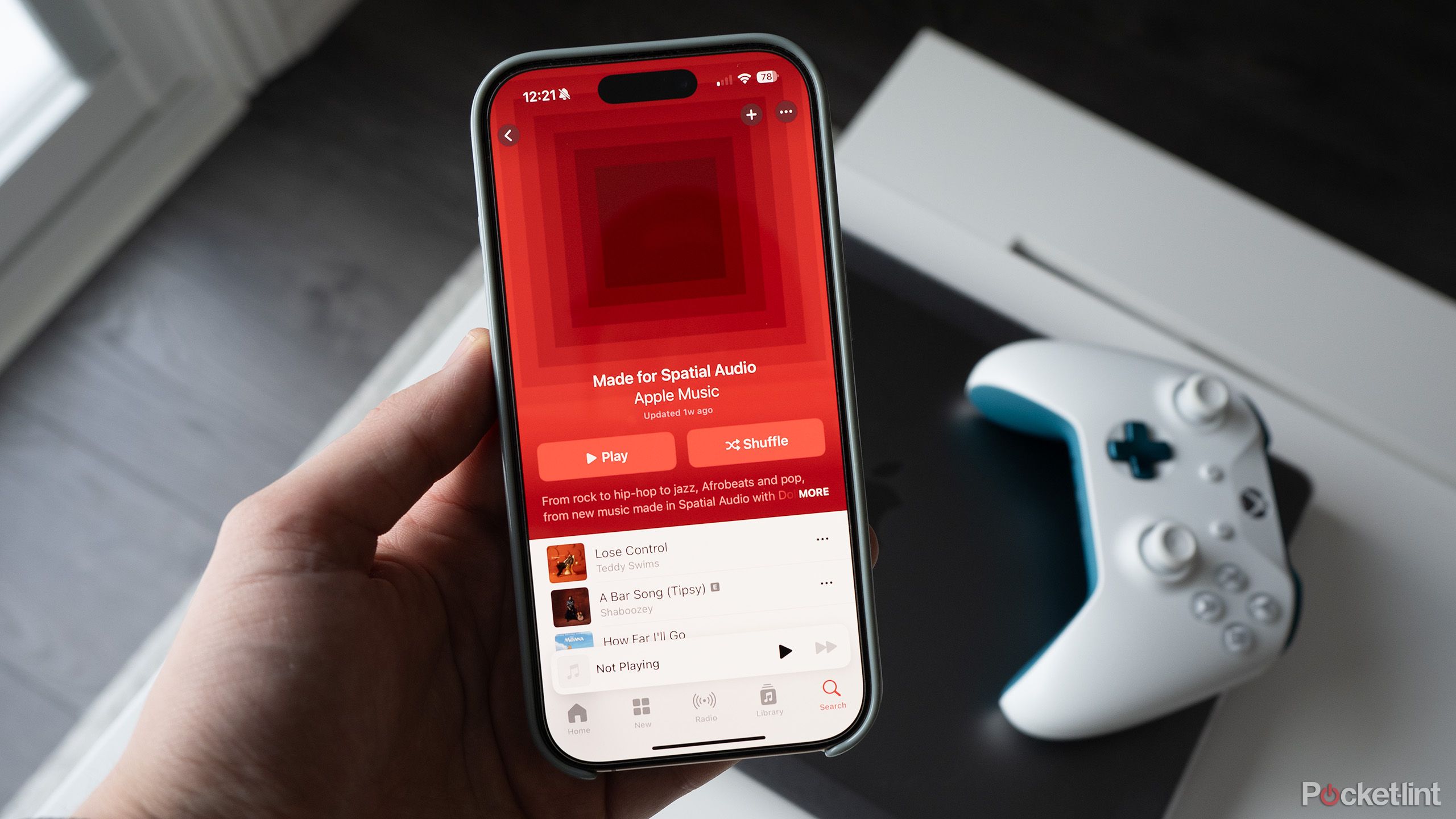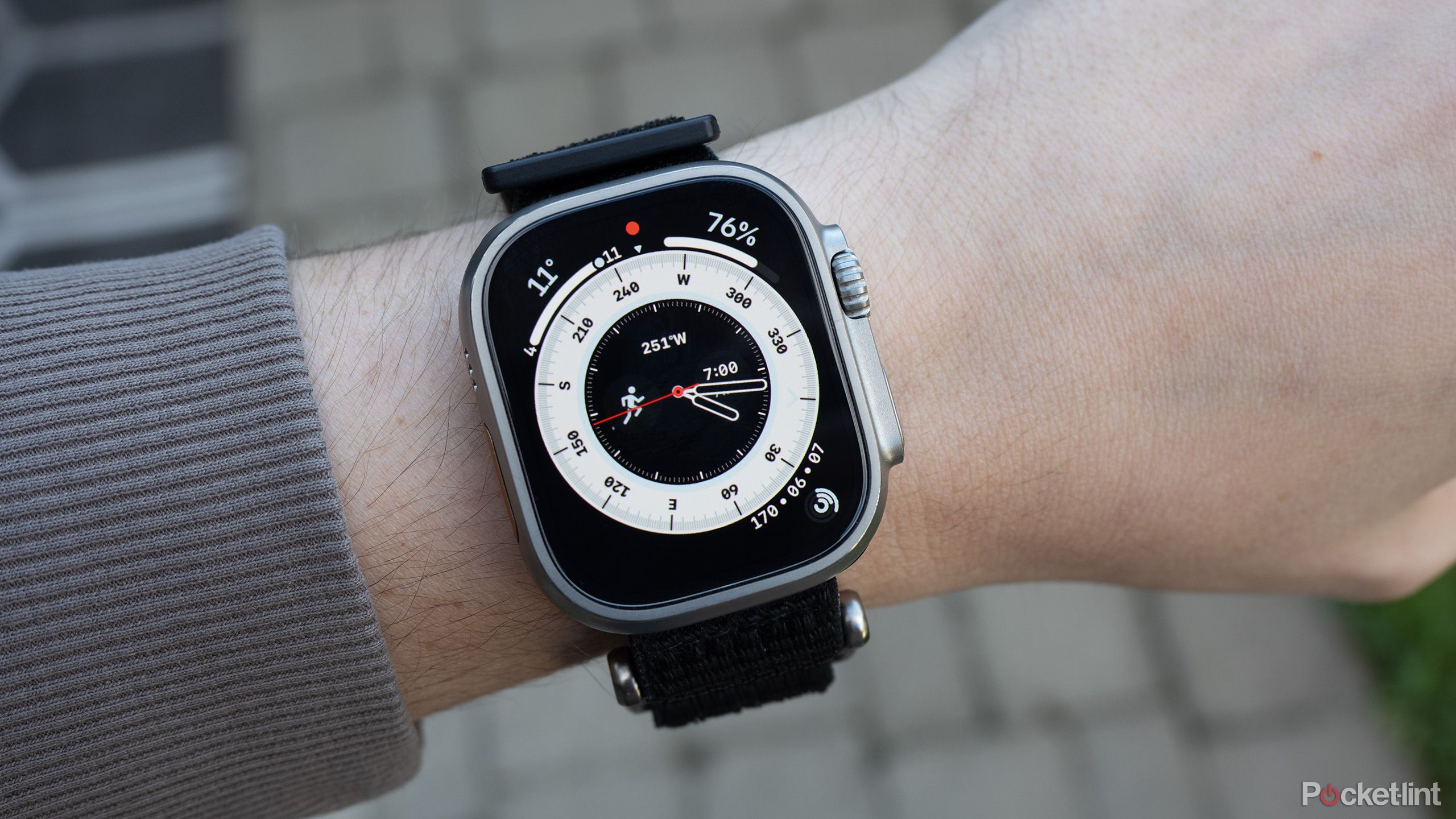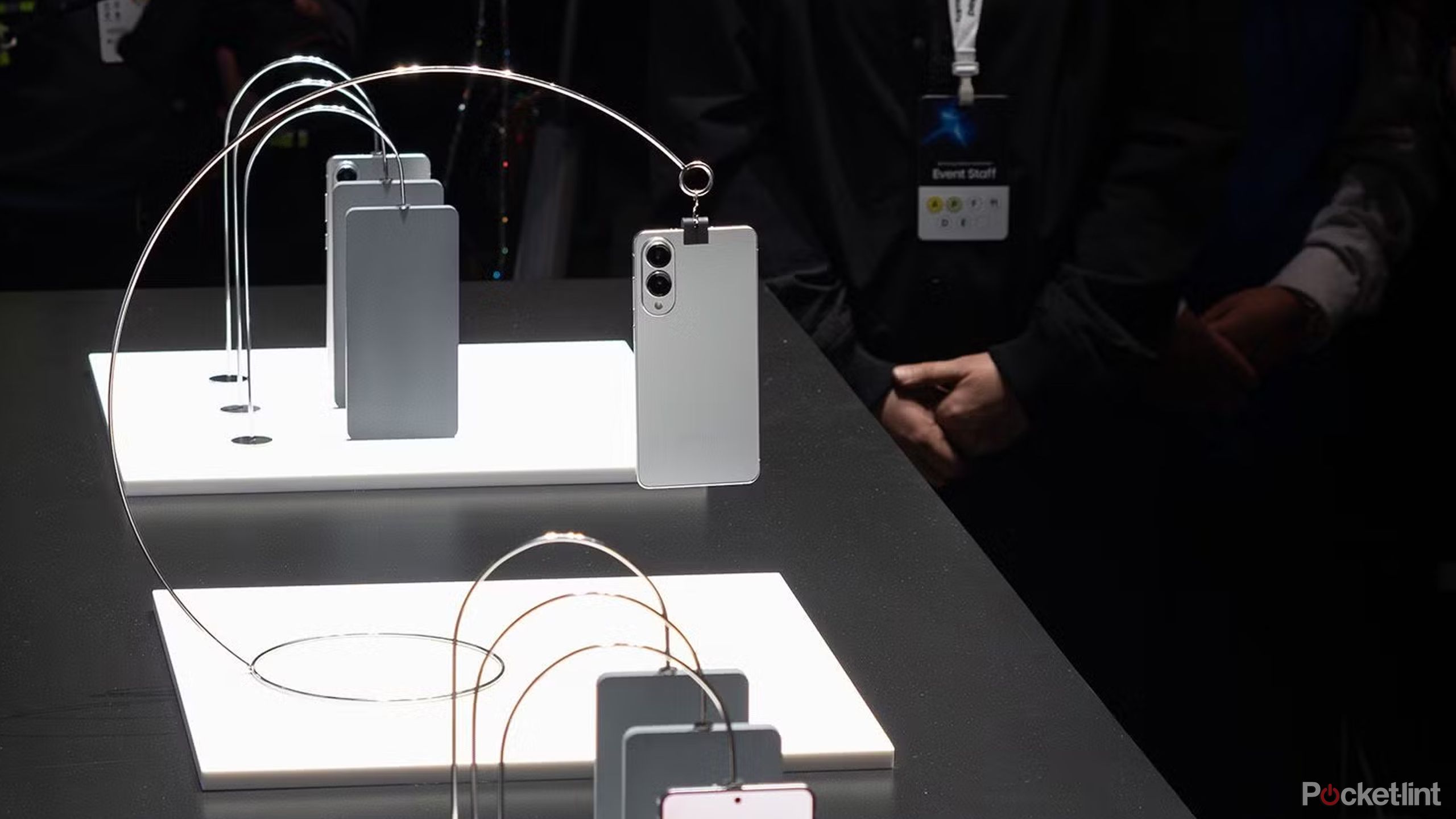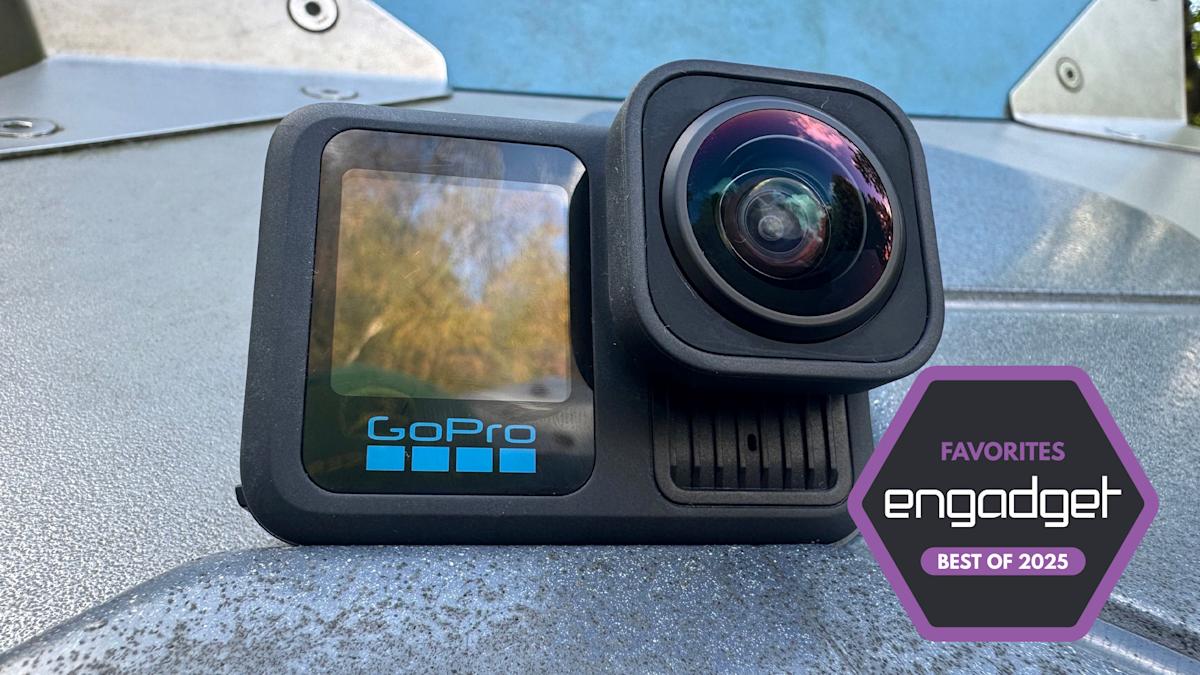Summary
- Macs and iPhones have solid battery life, but Apple is falling behind its key rivals.
- The Apple Watch Series 10 and Ultra 2 don’t last long at all compared to competitors like Garmin.
- Apple seems reluctant to go toe-to-toe in runtime, but upcoming tech improvements may help.
First off, let me make it clear that while I criticize Apple products on a regular basis, it’s mostly because they’re frustratingly close to greatness. They’re frequently some of the best options on the market, so it’s not hard to imagine how a few tweaks might make a product a classic. Even when Apple devices fall below that threshold — I’m looking at you, HomePod mini — it’s patently clear what needs to be fixed.
One area where I feel like Apple is dragging its heels is battery life. In most respects, the company is doing well, but MacBooks and the iPhone 16 are ceding the podium to the competition, while both the Apple Watch Series 10 and Ultra 2 aren’t keeping up with rivals at all, much less showing them how it’s done.
Related
The Apple-UK encryption battle is a terrifying echo of San Bernardino
It’s an incredibly serious issue that could put lives on the line.
So close, yet so far
The trouble with Macs and iPhones
Apple Music Spatial Audio on the iPhone 16 Pro
No one who buys a new iPhone is going to be disappointed with its battery life, at least more than they would with any other smartphone — it’s impossible to find any flagship phone that lasts two whole days. If you check benchmarks, though, the iPhone 16 Pro Max is being beaten by several Android devices. A recent Tom’s Guide test clocked the Max at 17 hours and 35 minutes of runtime. That sounds impressive — until you notice the 19:45 runtime for the OnePlus 13, and the whopping 20:34 for the ASUS ROG Phone 9 Pro. You have to wonder where Apple is spending its money, considering that the iPhone 16 Pro Max starts at $1,200 versus the OnePlus 13’s $900.
Apple should be doing more than just treading water if it wants bragging rights.
The company seems oddly reluctant to meet Android phone makers toe-to-toe. The Pro Max incorporates a 4,685mAh battery, whereas 5,000mAh is similar to Android phones, and the OnePlus 13 is up to 6,000mAh. Apple can afford to use smaller batteries because of its hyper-efficient A-series processors, but it should be doing more than just treading water if it wants bragging rights.
There’s a similar situation at play with MacBooks. I’m impressed that the 14-inch M4 MacBook Pro can last up to 22 hours, as per CNET. But it’s still being beaten by laptops by Acer, Dell, and HP, some of which cost $1,000 or less versus Apple’s $1,600. You are, probably, getting a nicer overall package with a MacBook Pro, but it does somewhat undermine the “pro” label when other devices are more likely to last through a work trip.
0:48
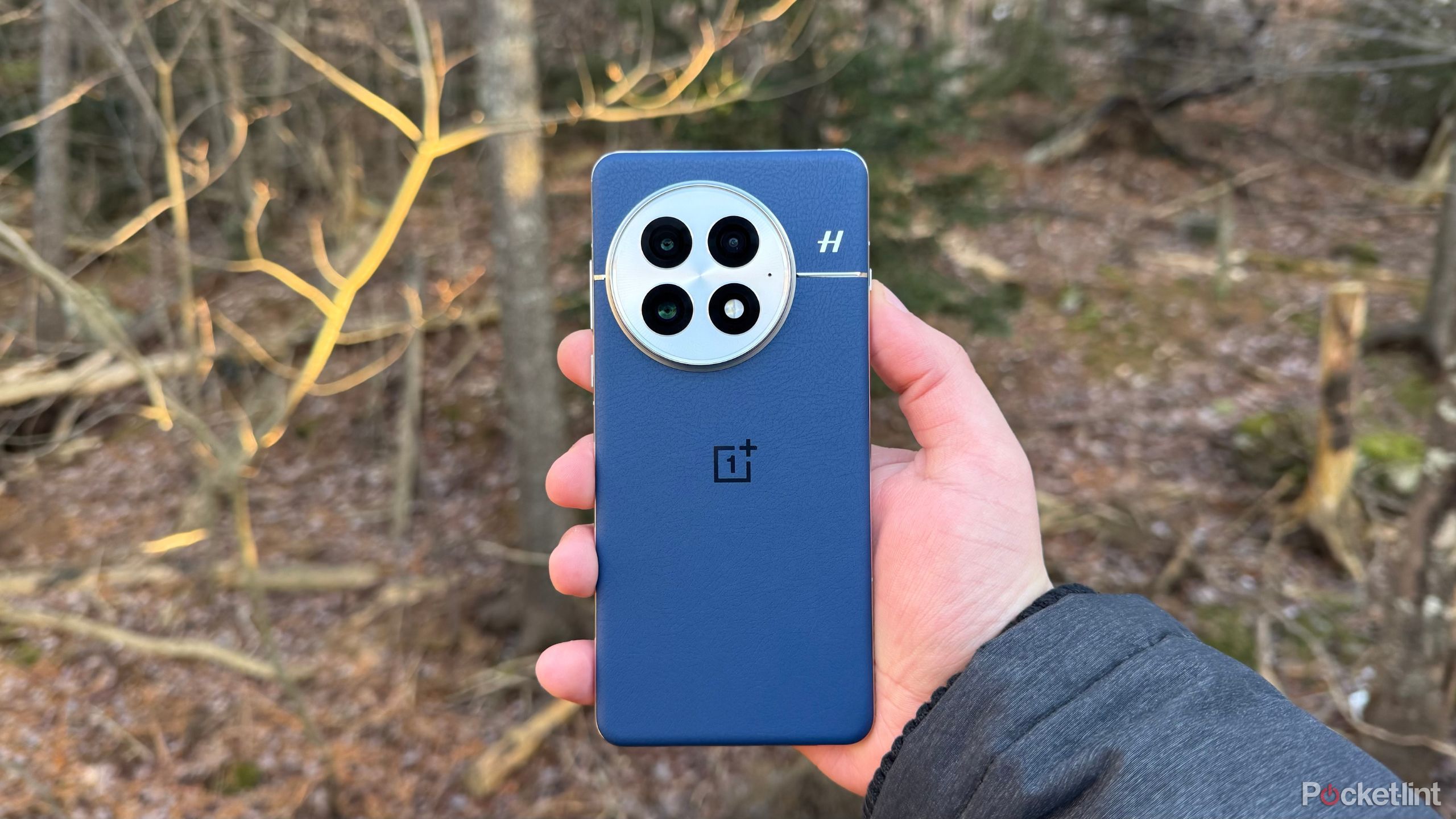
Related
The OnePlus 13 focuses on refinement, and the result is a phone I can’t help but love
With its latest 13th-generation flagship smartphone, OnePlus refines the candy bar handset form factor.
The Apple Watch’s permanent shortcoming
Always a step behind
When the first Apple Watch shipped in April 2015, people were already criticizing its single-day battery life, considering that some existing smartwatches lasted several days. But people put up with it, simply because Apple’s product was a slick general-purpose iPhone accessory, rather than being narrowly focused on fitness like Garmin or Polar’s lineups.
Increasingly, though, Apple’s refusal to budge on wearable batteries looks antiquated. The 45mm version of Google’s Pixel Watch 3 can last up to two full days under heavy use, whereas the Apple Watch Series 10 is liable to give up in 30 hours or less. That’s much better than the 18 hours Apple quotes on its website, but Apple isn’t supposed to surprise us by giving overly conservative specs — it’s supposed to be beating the competition and improving our overall quality of life. I’d gladly take a thicker Series 11 if it meant going a whole weekend without charging.
I’d gladly take a thicker Series 11 if it meant going a whole weekend without charging.
Even the Apple Watch Ultra 2 isn’t what it should be. Three to four days of runtime sounds wonderful next to a Series 10 — but it’s abysmal next to Garmin products like the Fenix 8 and Forerunner 965, which can sometimes last weeks between charges. That’s not even including solar-equipped models, which may not be that spectacular in performance, but can last indefinitely if you stay outdoors long enough.
If Apple wants people to treat the Apple Watch as an integral part of their health routines, it needs the battery life to keep up. The Series 11 should have as much longevity as the Ultra 2 — and the Ultra 3 should last a full week.

Related
Does smart tech really add that much to your fitness regimen?
The full answer varies from person to person, but here’s my gym-buff take.
Explanations and a hope for the future
Are we at a turning point?
We’re in this situation because Apple is infamously concerned about maintaining its profit margins while holding end prices stable. Lithium-ion batteries are one of the most expensive components in any smartphone, and an easy way to keep that in check is to use smaller battery packs. Apple gets away with it because it designs both the chips and the software in its products — with a little optimization, most people don’t notice the difference.
I don’t care much about one company or another claiming an industry pole position — I care about charging less often…
That “hold the line” attitude is unlikely to change any time soon, but science could be coming to the rescue. Apple is expected to join the rest of the industry (including Samsung) in shifting some of its batteries over to silicon-carbon technology, a variant on lithium-ion that improves energy density. It should be the basis for the iPhone 17 Air, and probably other devices going forward. Apple might continue to be stingy, but it’ll have less reason to be, and any advancement in day-to-day usability is welcome.
That’s what it’s all about, in the end. I don’t care much about one company or another claiming an industry pole position — I care about charging less often, and not worrying about whether a device will die before I can make it back to my hotel room.
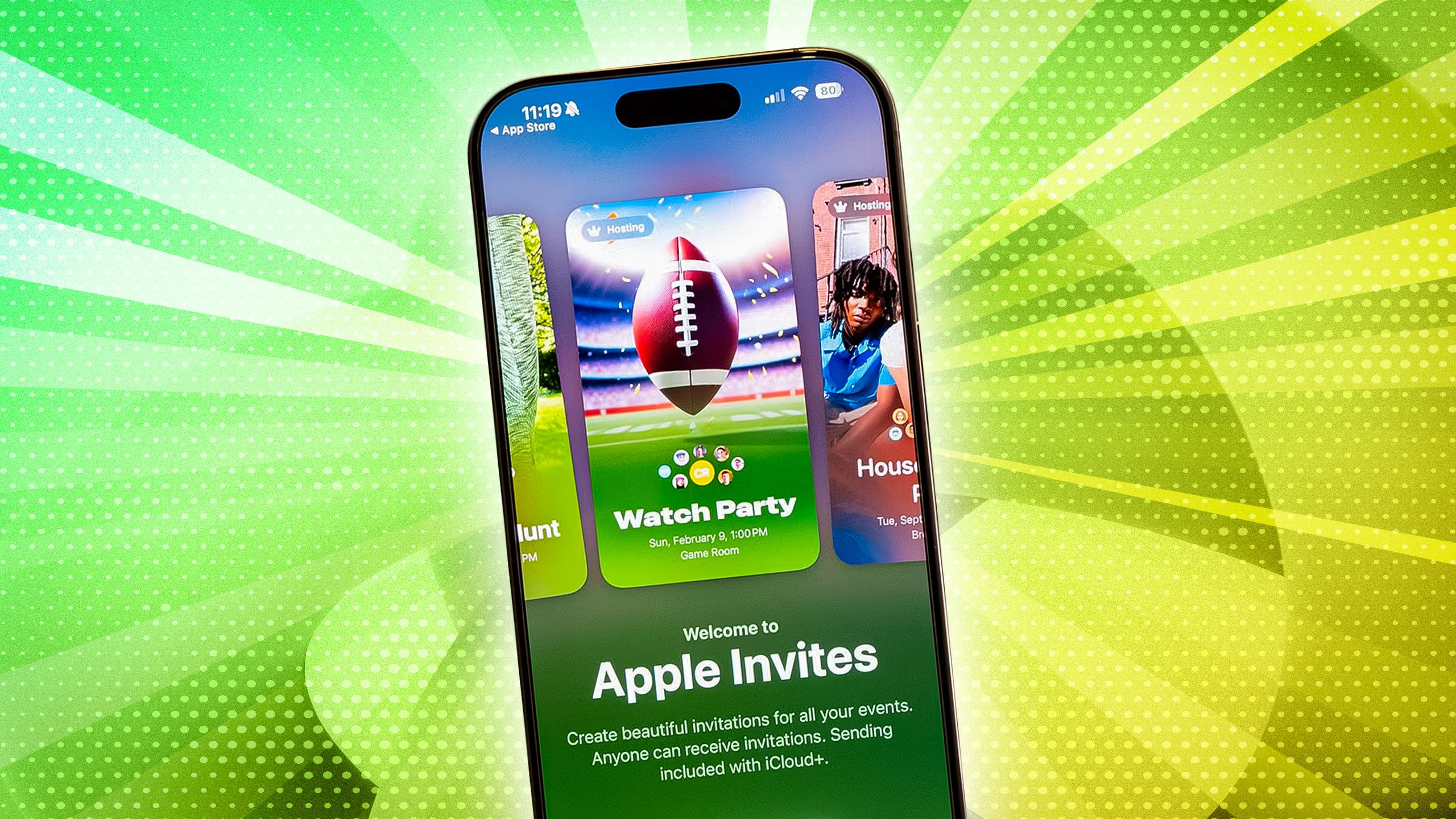
Related
How to use Apple’s new Invites app for special events
Everyone is invited to the party, even if they don’t have an iPhone.






